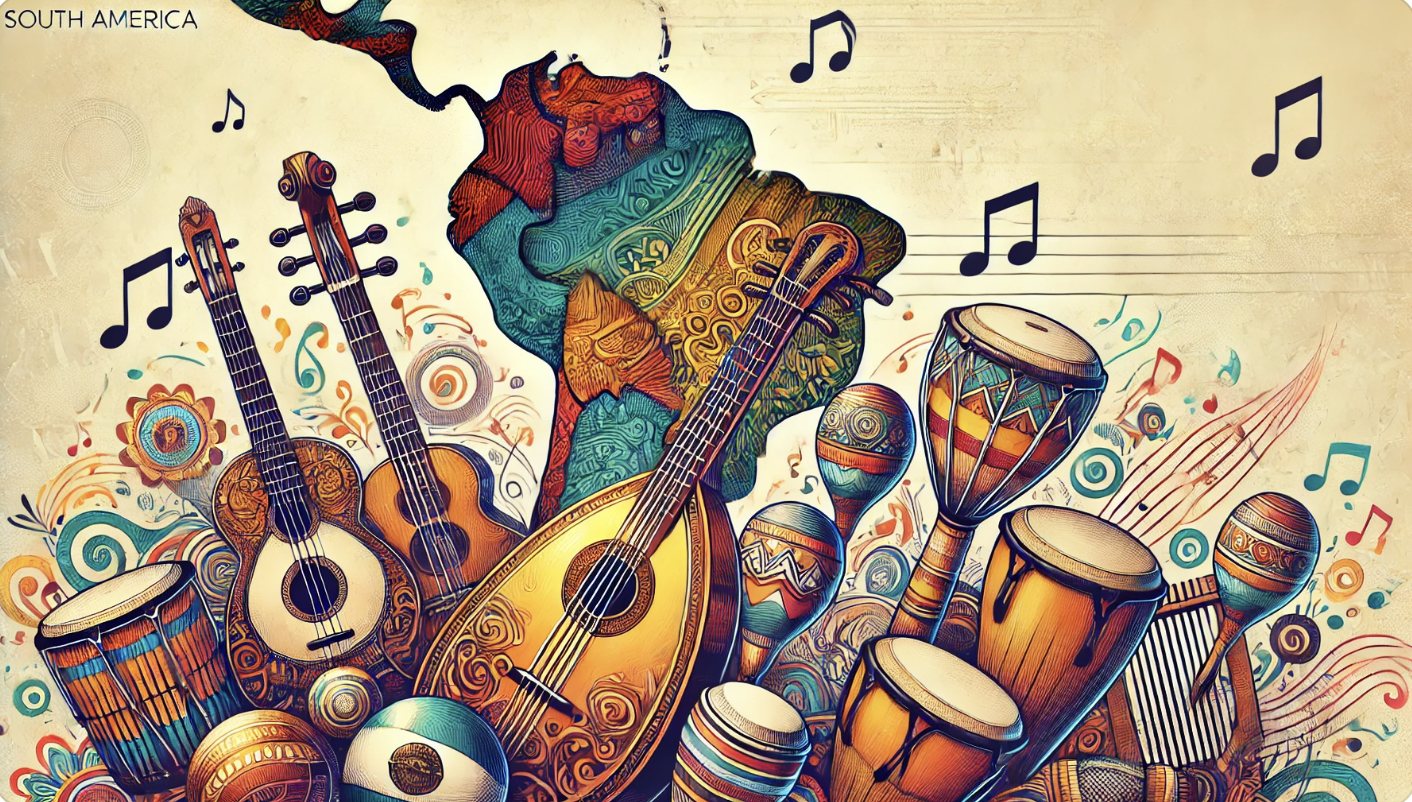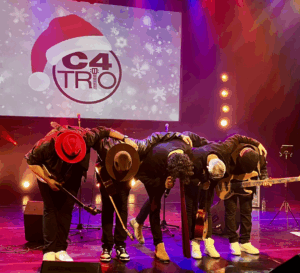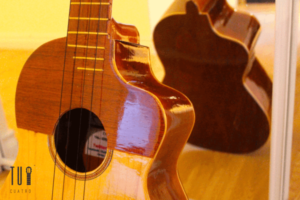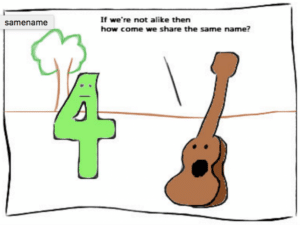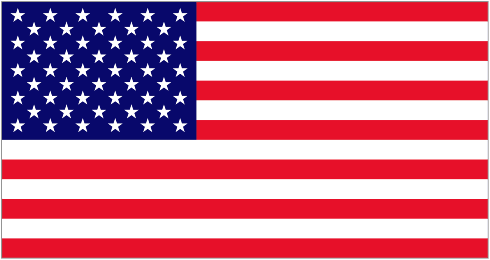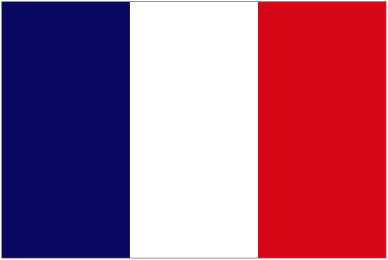Introduction to South American Instruments
Welcome to the world of South American instruments! This vibrant universe is full of exotic sounds and rhythms that resonate from so many countries across the continent. South America boasts a rich musical tradition, with instruments that reflect its diverse cultures and history. Though the nations share a common language and a love for music and food, each has distinct musical attributes that make its instruments unique. In this guide, we’ll introduce you to some of the most captivating instruments from the region.
Let’s take a deep dive into the world of South American instruments—from stringed beauties like the Cuatro and Charango to percussive powerhouses like the Timbales and Claves.
Types of South American Instruments
South American instruments are as varied as the landscapes they come from, typically falling into three categories: string, percussion, and wind instruments. Each has its unique role in South American music, contributing to everything from folk songs to complex rhythms in contemporary genres. Here’s a quick overview of some common instruments you might encounter:
String Instruments
- Charango: A traditional instrument from the Andes, often made from an armadillo shell (though modern versions are usually wood). It’s known for its bright, cheerful sound.
- Cuatro: A small, four-stringed instrument that’s a favorite in Venezuela. It’s perfect for those looking to strum along with traditional tunes.
- Cuban Tres: A guitar-like instrument popular in Cuban music, known for its three courses of strings.
- Puerto Rican Cuatro: Similar to the Venezuelan Cuatro but with a different tuning, this instrument plays a vital role in Puerto Rican folk music.
- Cavaquinho: A little instrument with a big influence, especially in Brazilian music. Similar to a ukulele, it’s perfect for samba rhythms.
Percussion Instruments
- Timbales: A set of shallow drums often heard in salsa and cumbia, providing the energetic beats that get everyone dancing.
- Claves: Wooden sticks used to set the rhythm in many Afro-Latin styles. They are fundamental in keeping time and adding texture to music.
- Maracas: Shake your way into the rhythm! Maracas are essential in genres like salsa and son, offering a lively sound that enhances any performance.
Wind Instruments
- Quena: A traditional Andean flute, known for its airy, haunting sound. It’s often played in folk music and evokes a sense of nostalgia.
- Siku: Panpipes native to the Andes, made of bamboo reeds and known for producing harmonious, flowing melodies that are soothing to the soul.
There are many more instruments, but this gives you a taste of the rich variety available in South American music!
Popular Instruments to Learn
So, you’re ready to dive in and start playing one of these beautiful instruments? Here are five South American instruments that are not only fun but also relatively easy to pick up, especially if you’re just starting out:
- Cuatro: This four-string instrument is perfect for beginners. Its sound is bright and lively, often used in folk and traditional music across Venezuela and Colombia. If you already know how to play the ukulele, you’ll find the Cuatro easy to learn!
- Charango: Though it has 10 strings, its small size makes it comfortable to hold. It’s especially popular for Andean music and has a unique, almost harp-like sound that’s enchanting.
- Maracas: Simple yet fundamental to South American rhythms, maracas are a great starting point for those interested in percussion. You’ll get to explore 3/4 and 6/8 rhythms while having a blast!
- Cavaquinho: If you love the sound of the ukulele and have a passion for Brazilian music like Samba, you’ll enjoy learning the cavaquinho. It’s commonly used in samba and choro music from Brazil.
- Timbales: Want to experiment with more upbeat, energetic percussion? Timbales are perfect for salsa and Latin jazz, offering a way to express your rhythm and energy.
Cultural Significance
Every instrument in South America has a story. These aren’t just tools for making music—they are a part of the cultural fabric of the continent. Take the Cuatro, for example. It’s not just a string instrument; it’s a symbol of Venezuelan identity, played in festivals, family gatherings, and even political rallies. The Charango, on the other hand, traces its roots back to indigenous Andean cultures and Spanish colonization.
These instruments have evolved, blending European, African, and Indigenous influences, reflecting the region’s complex history. Instruments like the Siku (panpipes) and Quena (flute) remind us of the connection to nature and spirituality found in Andean cultures. Meanwhile, the Cavaquinho symbolizes joy and celebration in Brazil, often heard in samba and carnival festivities.
Learning Resources
It’s awesome that you have an interest in these instruments! (We do as well, at TuCuatro, where musicians have become professionals playing these instruments.) Here’s where you can learn how to get started:
- Online Courses and Videos: Platforms like YouTube are fantastic for free tutorials, especially for beginners. For instance, check out TuCuatro’s own YouTube channel, where we have tutorials on everything from the Cuatro to the Maracas.
- Private Teachers: If you prefer one-on-one guidance, many teachers offer online lessons. With just a few clicks, you can connect with experienced musicians from South America who can provide personalized instruction tailored to your needs.
- Music Schools and Workshops: If you’re lucky enough to live in an area with a large Latin community, local cultural centers or music schools often offer classes in these instruments. It’s a great way to meet fellow musicians and immerse yourself in the culture.
- TuCuatro’s Platform: We offer specialized courses for South American instruments, taught by expert musicians who share not only how to play but also the cultural context behind the music.
Buying Guides and Sellers
Buying some of these instruments might be challenging, but if you’re looking to buy your first South American instrument, here’s where to start:
- Local and Online Stores: You can find many of these instruments online. Sites like Facebook Marketplace and Amazon carry hand-crafted instruments, but it’s worth looking for specialized shops too, where quality is often more consistent.
- Direct from South America: Some sellers on platforms like MercadoLibre ship directly from South America. This is great if you’re seeking authenticity, but be mindful of shipping times and costs, as it can sometimes be riskier.
- Custom Makers: For instruments like the Charango or Cuatro, consider ordering from a custom maker. Many luthiers (instrument makers) in South America take online orders and can create a unique, hand-crafted instrument just for you.
- TuCuatro’s Recommendations: We have contacts with luthiers and can provide recommendations. Just give us a shout, and we’ll help you find the perfect instrument!
FAQ: South American Instruments
What are the most popular South American instruments?
South America boasts a diverse array of musical instruments, each reflecting the region’s rich cultural heritage. Among the most popular are:
- Charango: A small, 10-string lute originating in the Andean regions. Traditionally made from the shell of an armadillo, modern versions use wood.
- Cuatro: Widely associated with Venezuela, this four-string instrument is central to its folk music, such as joropo.
- Pan Flute (Zampoña): Common in the Andes, this instrument consists of multiple bamboo or reed tubes of varying lengths.
- Quena: Another iconic wind instrument of the Andes, known for its melancholic tones, made of bamboo or wood.
- Bombo: A large drum often played in folk and ceremonial music across the Andean region.
Each of these instruments has a unique timbre and is used in specific genres of music, from traditional Andean compositions to lively Venezuelan folk songs. Their cultural significance transcends their use, often symbolizing the identity and resilience of South American communities.
How do South American string instruments differ from others?
South American string instruments stand out due to their construction, cultural adaptations, and unique sounds:
- Materials and Craftsmanship: Many instruments, like the charango, incorporate materials locally sourced in South America, such as armadillo shells or specific types of wood found in the Andes. This gives them a distinct resonance compared to Western string instruments like guitars or violins.
- Design: Instruments such as the cuatro or charango are smaller than traditional guitars, with higher-pitched tones suited for regional music styles. For example:
- The cuatro uses only four strings and often features simplified chord progressions, making it accessible yet versatile.
- The charango’s ten strings are grouped in five pairs, producing a uniquely vibrant and melodic sound.
- Cultural Connection: South American string instruments are deeply tied to traditional genres and regional dances, such as the joropo in Venezuela or Huayno in Peru. Unlike the often-universalized applications of Western string instruments, South American instruments carry distinct stylistic traditions that influence their tuning, playing techniques, and repertoire.
These differences reflect the rich and diverse musical heritage of South America, ensuring these instruments remain integral to its cultural identity.
